At a time where we are inundated with remasters and remakes, I always have a special place in my heart for the style that is not just the modern, full blown remake. Don’t get me wrong, the last few years have delivered stellar after stellar full blown remakes from big time classics, like Bloober Team’s recent Silent Hill 2 remake to Square-Enix’s second part in their Final Fantasy VII re-imagining in Final Fantasy VII: Rebirth this year alone. But where these remakes have completely redone and reworked what the original games were, I always have extra appreciation for the remakes that keep the spirit and style of an original game with added quality of life without being just a simple resolution boost.
A remake for the third official entry in what was once known as Dragon Warrior III in the United States back in 1991, Dragon Quest 3 HD-2D Remake tells the narrative beginning of what is known as the series’ “Erdrick Trilogy” (if you were wondering why they were beginning with this third entry, think about it as the true beginning of a story arc similar to what Konami will be doing soon with their Metal Gear Solid 3 remake). Putting you in the shoes of the nameless hero who’s following the footsteps of his father to vanquish a great threat to the world, Dragon Quest III HD-2D Remake is a classic small hero tale in the search of a grand adventure.
While the Dragon Quest franchise is considered by many as one of the grandfathers of old-school JRPG design along with the early Final Fantasy games, and though it’s quite popular as the franchise has sold 88 million copies to date, I have to caveat this preview by saying my experience with the series itself has been limited. I only have a glancing knowledge of PlayStation 2’s Dragon Quest VIII: Journey of the Cursed King and have only really played its most recent entry in 2018’s Dragon Quest XI: Echoes of an Elusive Age. While the franchise, from my understanding, has the Final Fantasy ethos of each entry being a standalone affair outside the “Erdrick Trilogy,” it certainly has not been a franchise that has been easily accessible in the modern era like other popular Square Enix series, such as Final Fantasy and Kingdom Hearts. From that perspective, the Dragon Quest 3 HD-2D Remake seems geared for people like myself who understand the franchise’s importance but have never had the opportunity to really play them until now.
Using the Octopath Traveller style Square-Enix introduced back in 2018, take one look at Dragon Quest 3 HD-2D and you see one of the prettiest modern pixel art games currently available. The art direction and design from the dearly departed Akira Toriyama works splendidly with the pixel design over imposed by the 3D environments, and this remake has a colorful flourish to its characters and environmental design that serves as great evolution to this visual style. Even when the game enters its combat mode and shifts perspectives, the art style has a uniformity between its characters and its environments that remains pleasing to the eye.
With this being known as one of the grandfathers of traditional JRPG design, Dragon Quest 3 HD-2D definitely wears its old-school mold on its sleeve in a similar vein to the early games of another fellow pixel remastered collection, the Final Fantasy Pixel Remasters. The game wastes little time with a preamble, letting you name the nondescript hero and setting you out on this grand adventure with a similarly nondescript party similar to the Warriors of Light concept of the first Final Fantasy game. Understanding the concept of this being one of the earliest examples of the JRPG genre before games like Final Fantasy IV started giving more character personality to individual members of the party, the hero for Dragon Quest 3 HD-2D and the party are definitely meant more as avatars to your grand adventure. It certainly allows the game to skip the long-winded start that plagues modern JRPG’s, though it makes me wish I could personally connect with my hero and the party more.
Even with the old-school RPG structure of wandering a world, going into different towns and speaking to the citizens to learn your next objective, the quality of life Square-Enix has added in order to have less friction on your adventure becomes more obvious in world exploration and combat. Though entirely optional, you can enable a quest marker in your map that will directly tell you where to go at all times. For old-school purists that may cry sacrilege at the idea of being pointed directly where to go and would rather do it the old school way of relying on dialogue hints by townspeople, you can totally do it that way, and Dragon Quest 3 HD-2D Remake has added an extra QOL feature where you can record in a journal all of the dialogue from the people you talk to for reference in your travels. There are even two ways to do fast travel in the game, where you can use the Chimeran Wings you can find as consumables to take you to places you’ve been, or use magic, called Zoom, that’s seemingly unlimited in the amount of times you can use to travel there and back again to all of the areas you’ve discovered.
As for the combat, it’s a classic turn-based RPG through and through, where you’ll have to strategize the hero and his three companions against a random assortment of enemies that will consistently interrupt your explorations outside of towns. The party defaults to a “Show No Mercy” tactic where you don’t have to input any command to the individual members of the party, and they’ll do what they deem best for their enemies. However, you can also change the behaviors of the party, where you can tell all of them together, or individually, to prioritize other things like “Fight Wisely,” “Focus on Healing,” “Don’t Use MP,” or “Watch my Back.” If that is too automatic for your taste, you can also set the “Follow Orders,” where it then becomes a more traditional turn-based RPG where you individually input what you want each character to do. I have found the game most effective in combat when doing “Follow Orders” because the automation of the other tactics screwed me over a few more times than I’d like. The automation works well when out and about in the outside world, but on the few dungeons I’ve done in the preview, I’ve found having direct control has been the key for success, especially when difficulty absolutely ramps up in the dungeons.
Here’s where some of my gripes of what I played start creeping in. I understand part of JRPG design will always be difficulty spikes that will require extra preparation and grinding to overcome. In the roughly 8 hours I’ve played so far, I found a fairly balanced and smooth progression that didn’t give me much trouble until I reached a major dungeon near the end of my playtime, where the difficulty ramped up considerably and the rank and file enemies would close to one-shot me most of the time. While this definitely is a sign that I’ve got to get out and start leveling up, I’m a little disheartened by what the current XP gains are when defeating enemies out in the world and what is required to get my characters higher than the Level 13-14 they are currently at.
But I find the way the game handles party member resurrection slightly more aggravating where, when they die, you have to travel all the way to the nearest church or priest and pay for the resurrection. While definitely aided by how easy it is to fast travel to the towns with the nearest church, this feels extra rough on the heels of having played the Final Fantasy Pixel Remasters where, in those games, you can have items on hand, like a “Phoenix Down,” to raise up downed party members without having to travel all the way to a town to do this. Late in the playthrough, one of my mages did learn the magic to resurrect a party member to 1HP, which is more in line with what I had in mind, but only that mage has learned that magic, and, at least where I currently am, I have not found an item that has that same functionality. It’s the one area of friction/frustration of an entire package that, so far, feels like it has accounted for many frustrations inherent to old-school JRPG design.
All these aggravations stand out more because, having played the Final Fantasy Pixel Remasters, they accounted for things that the Dragon Quest 3 HD-2D Remake didn’t. The Pixel Remasters included options to speed up XP/coin gains and a way for you to disable random enemy encounters, which did wonders to the exploration of those six games. The only QOL that Dragon Quest 3 HD-2D Remake shares with those Final Fantasy re-releases is being able to speed up combat speed. The one QOL it doesn’t share with those other releases is the option to lower the difficulty if its base “Dragon Quest” difficulty aggravates you. While it makes the two series have different approaches and makes Dragon Quest feel more hardcore, it’s definitely something that’s noticeable for me having just experienced those other re-releases recently.
There is still plenty of game left to be played, but despite some of those red flags, the time I’ve played has shown great promise. Hopefully it’s a sign of an even bigger commitment via Square-Enix to modernize and make this popular JRPG more widely available to audiences, especially when said fans are still waiting for more news to come for Dragon Quest 12. The quality-of-life alone in this remaster, even with some of the things it doesn’t share with the Final Fantasy releases, still makes it a great way to play this old-school RPG nowadays. And who knows, maybe later developments may even ease on some of these frustrations. The quality on display alone gives me confidence despite any of my qualms, and for a year already stacked to the brim with great choices for JRPG’s, Dragon Quest 3 HD-2D Remake seems well on its way to being part of the highest members of that pantheon.

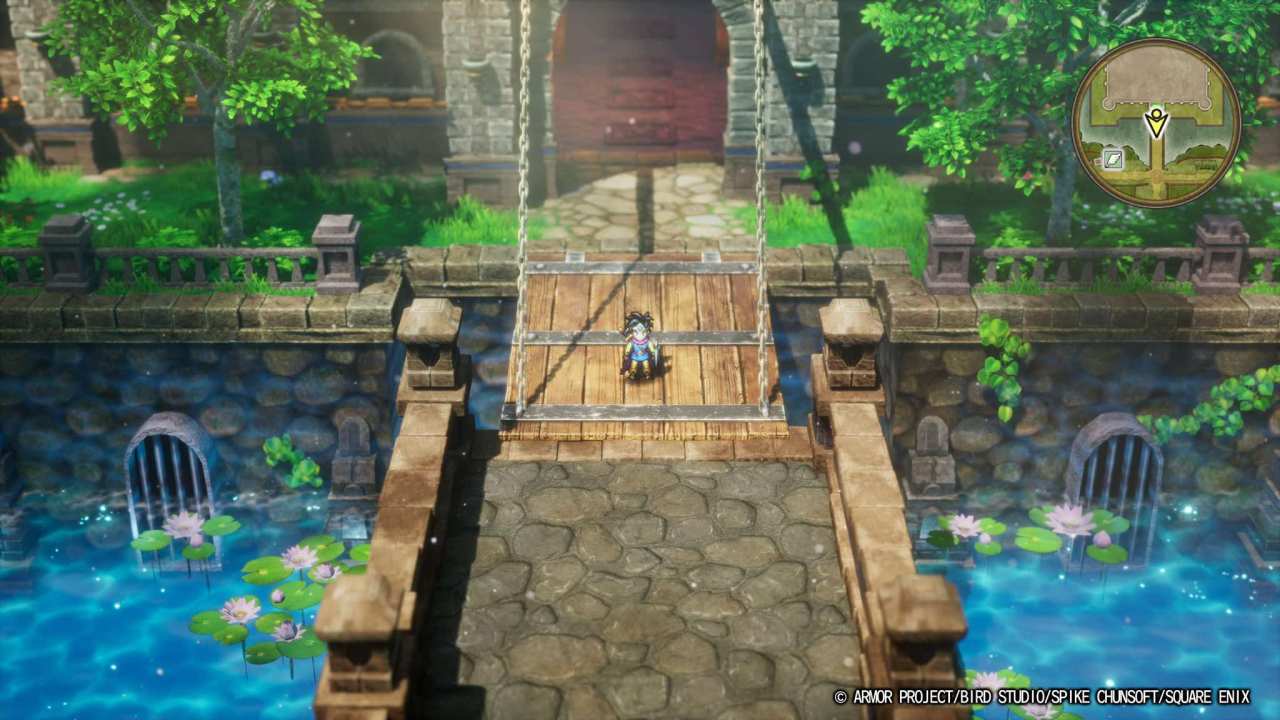
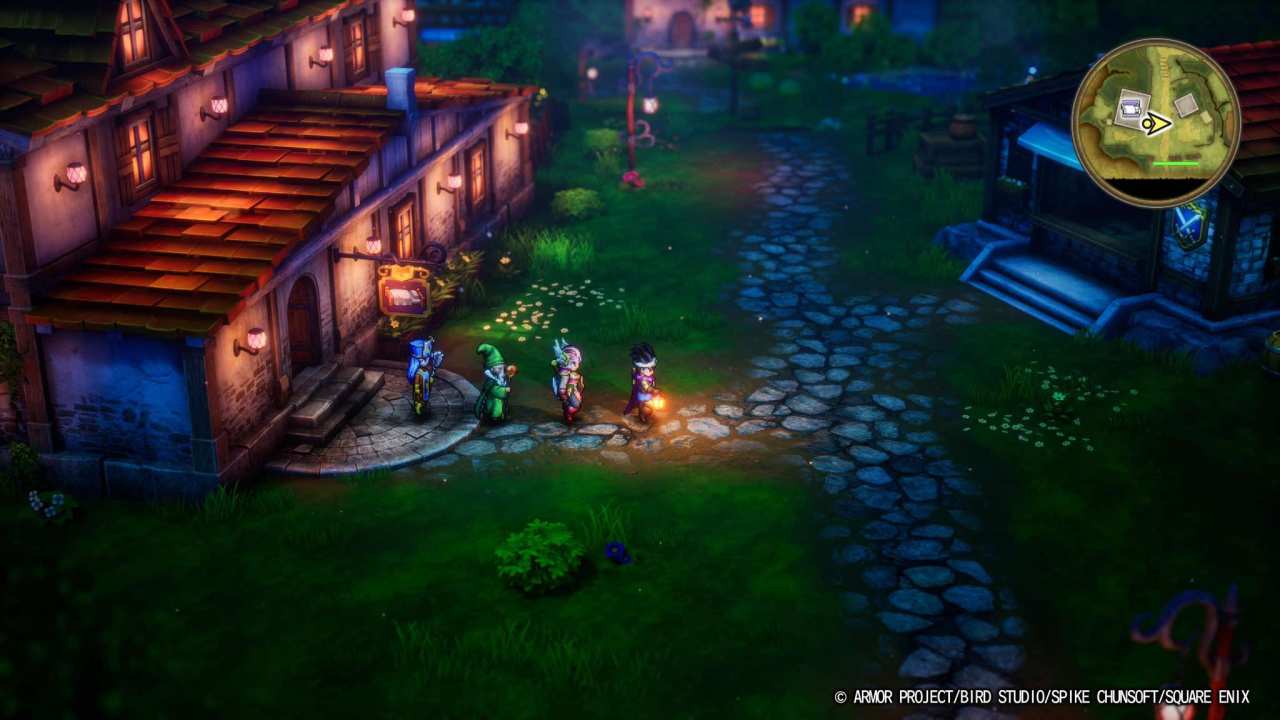
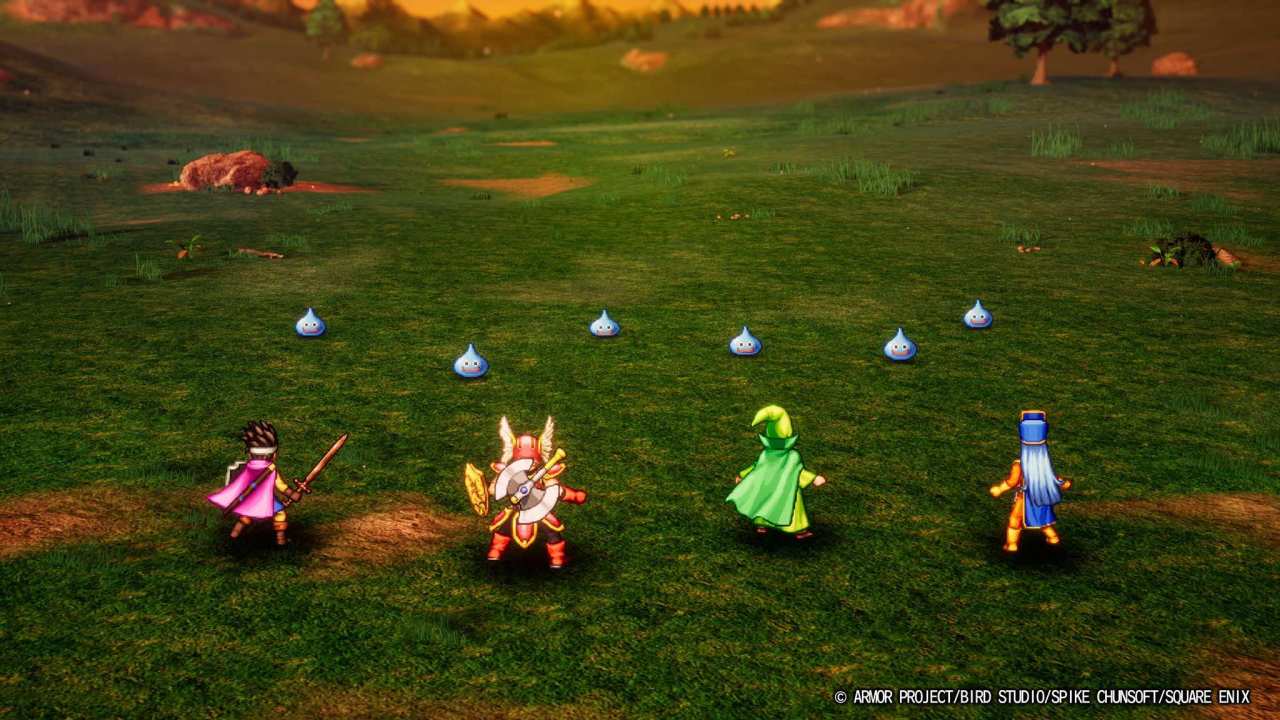
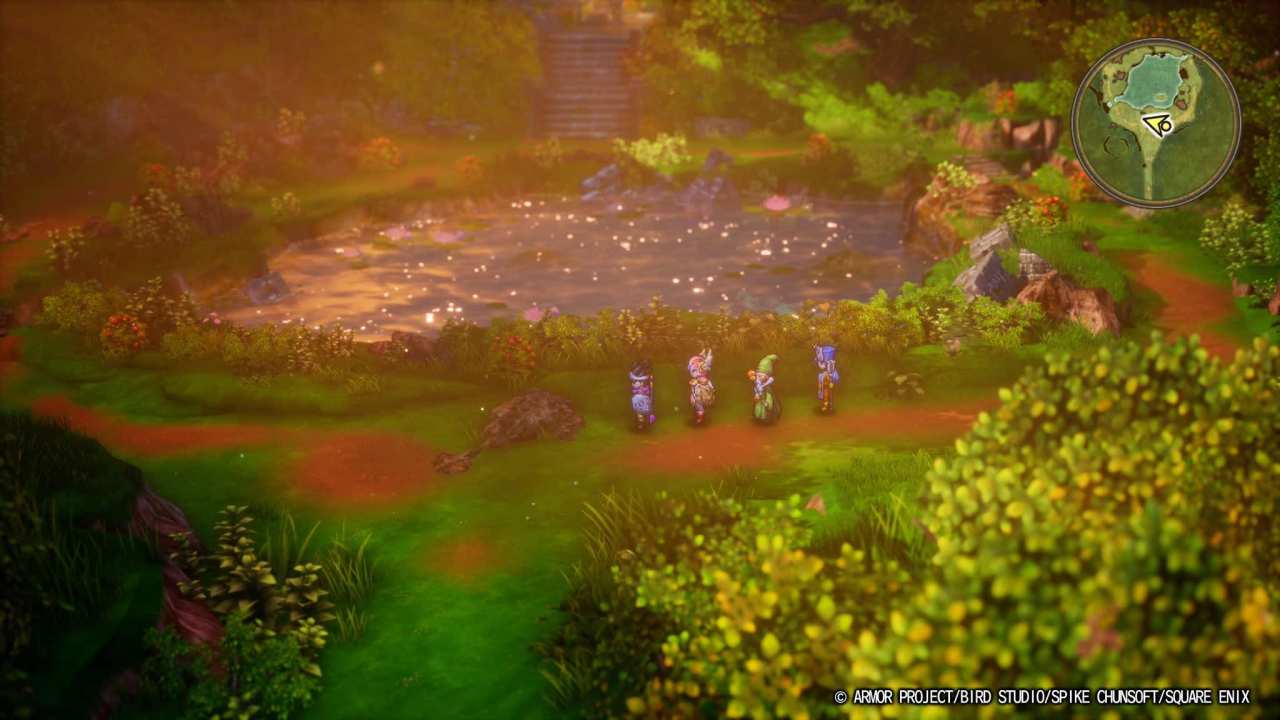
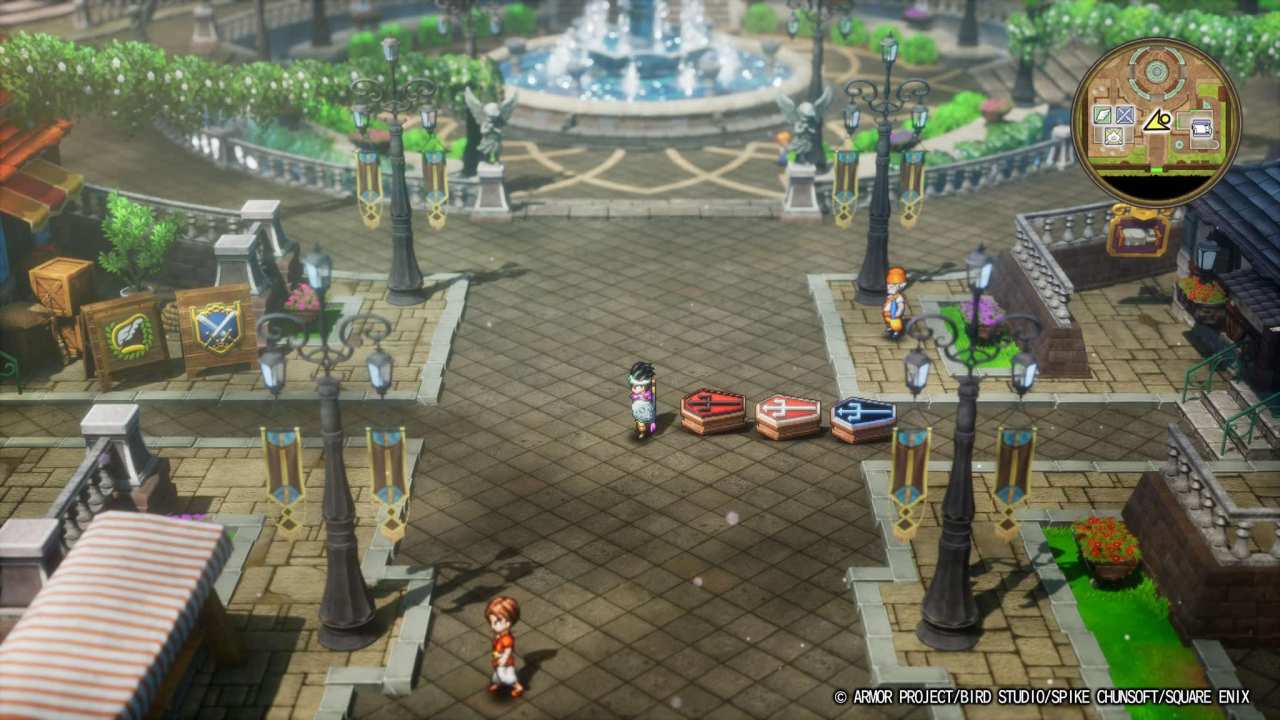

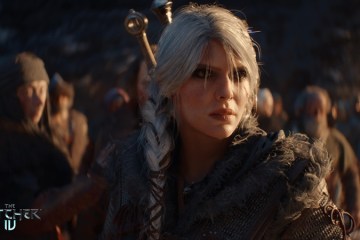
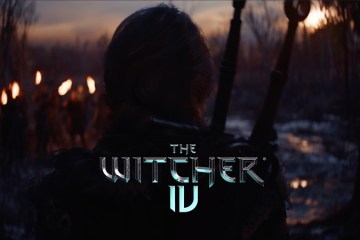
[…] is also tied with the fact that Dragon Quest III HD-2D Remake, by itself, can be a very grindy game. As I mentioned previously in my preview, the game had a fairly nice progression curve before hitting me with a brick wall in a major […]